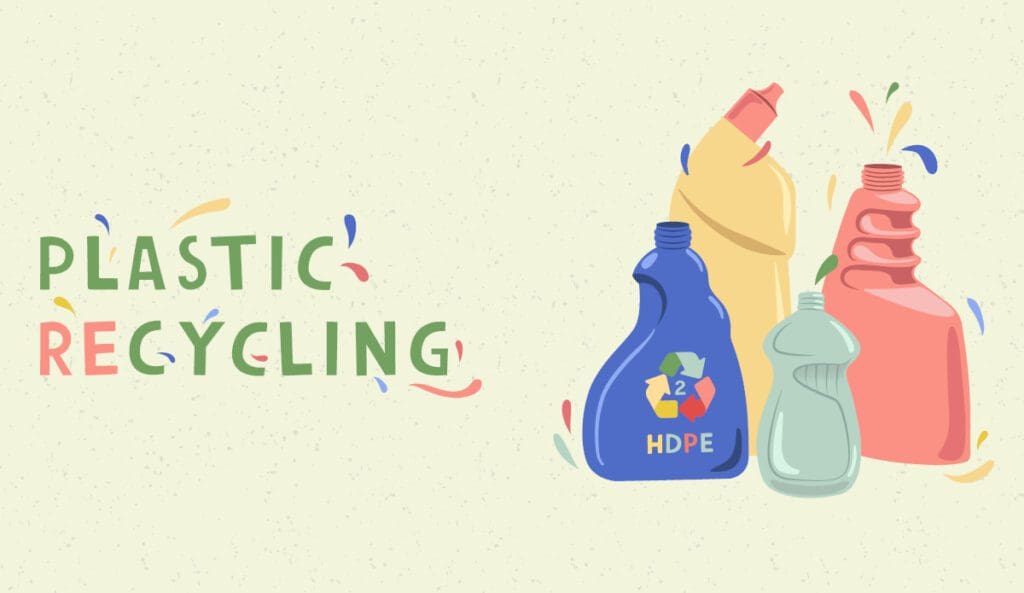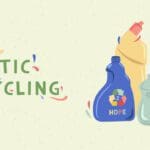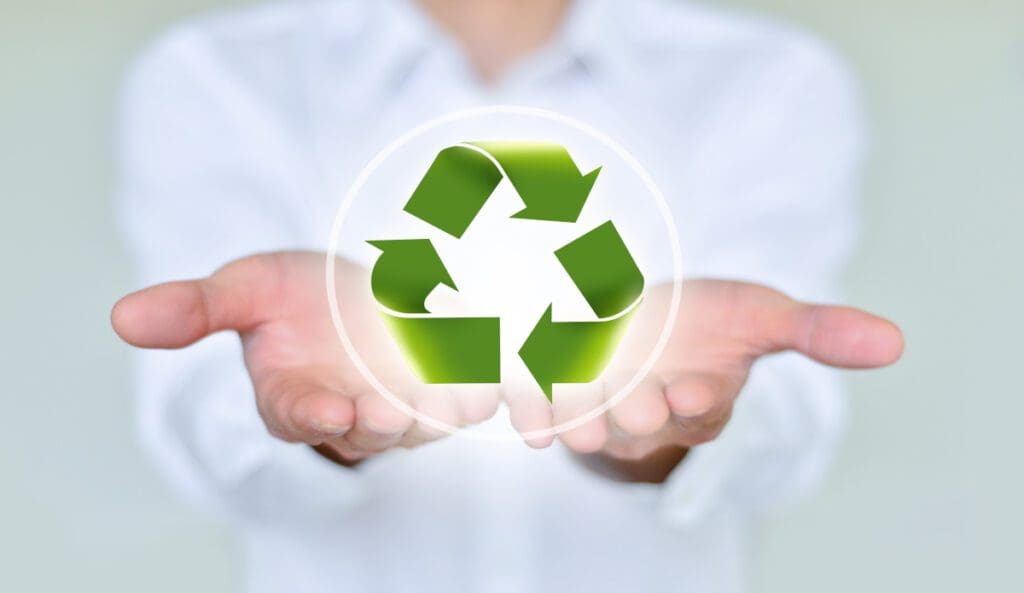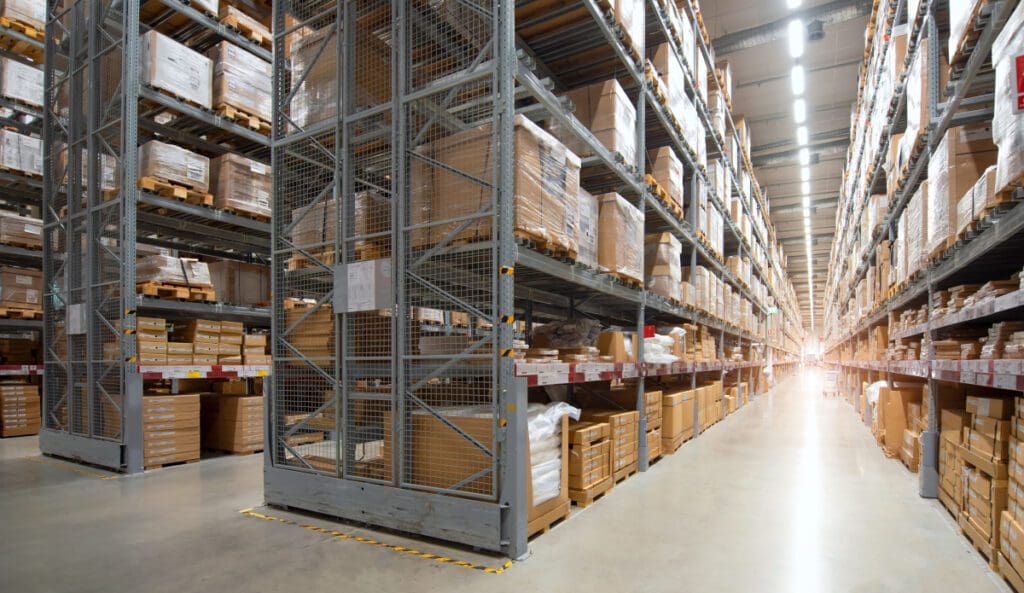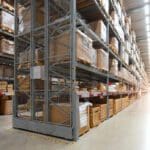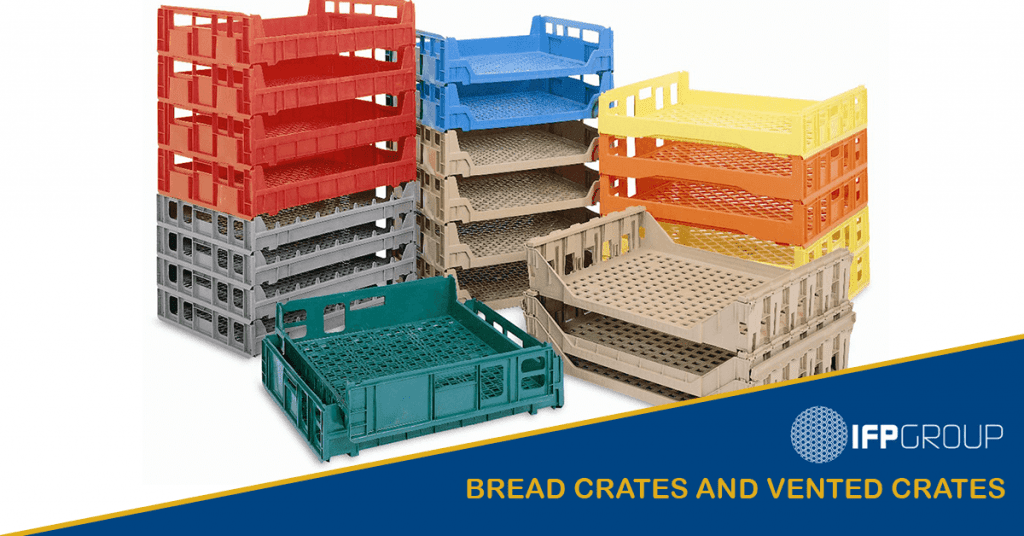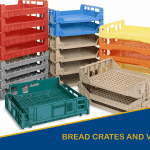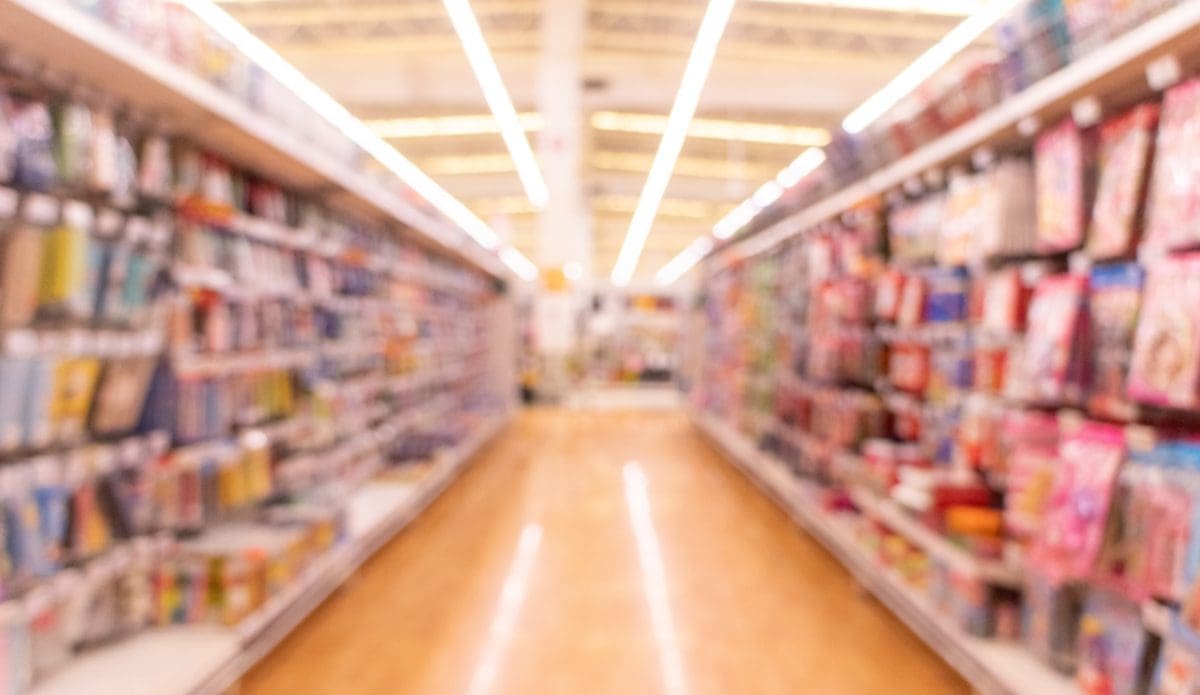
The villainisation of plastic and the green-washing of cardboard has led to a curious unsustainable eco-disaster: overpackaging.
Overpackaging is the practice of adding extra, entirely unnecessary layers to packaging. Think about:
- Tubes of toothpaste in a cardboard box
- Body lotion in a pump bottle, sold in a box
- Vitamin bottles in a box
- Yoghurt pottles with a cardboard sleeve
- Breakfast cereals in a bag, with a box on the outside
All of these items, arguably, need one layer of plastic packaging. But there’s that cardboard packaging on the outside. Why do we need these double (or triple, in the case of some more ‘luxury’ skincare brands) packaging layers? Is it for protection during shipping? An extra place for more product information? To make the product seem more luxe and high-end?
Why Do Brands Overpackage?
This problem is multi-faceted but ironically, it’s usually about being perceived as environmentally friendly. Plastic is what many products are best packaged in; it’s lightweight, recyclable, non-reactive, versatile, robust, and highly recyclable. However, the perception by consumers is that plastic is an environmental threat. So producers simply use the plastic container they need, but then dress it up in the ‘eco friendly’ alternative, cardboard.
Eight studies looked into the psychology of packaging. What they overwhelmingly showed was that consumers perceive products with extra paper layers over plastic as being more environmentally friendly. And bizarrely, they were willing to pay an extra 15 cents more for a cereal bar, in the same plastic wrapper as normal, but with an extra layer of paper packaging.
As a manufacturer, this is insanity; more cost to produce, more time in production, and twice as much waste.
Even more paradoxically, consumers who view themselves as being most environmentally conscious were more likely to buy these overpackaged products. The people who said they were most concerned, contributed the most to this environmentally harmful practice.
What’s the Harm of Double Packaging?
There’s huge irony in using double the packaging- therefore double the waste- to appear more eco-friendly. Cardboard is quickly biodegradable, but it’s a one-use item, and deceptive in how it is marketed as eco-positive when it only ever has one use.
Almost 12% of rubbish going to landfill in NZ is recyclable paper and cardboard. In 2018, Kiwis recycled around 485,000 tonnes of fibre-based materials in NZ, only half was recycled here, the rest is exported overseas. Cardboard is not as eco-friendly as it appears to be.
Comparing things on an environmental level, many plastics are highly recyclable. Adding a layer of packaging which is highly unlikely to be recycled, a one-use castaway item only for optics- is literal insanity.
While you can- and many corporations do- argue that this double packaging increases sales, and it’s up to the consumer to dispose of waste responsibly, it’s time that businesses step up and make ethical, environmentally friendly choices for their customers.
What Can You Do to Counteract This?
For most manufacturers, a lot of thought and time goes into finding the best packaging option. And for many, plastic is the best option. For example, glass is incredibly heavy to freight, and it’s breakable. Metal is reactive. Cardboard is a one-use item; it can’t get wet, and it collapses easily. Plastic is often the only option.
The best thing to do is advertise this fact. Signal to customers that this is an eco-positive choice by using a sticker intervention; ‘Minimal Packaging’. This can help consumers choose the plastic packaged item over the overpackaged competition. A 2023 Deloitte study showed that consumers do recognise that regardless of what it’s made from, minimal packaging is a more sustainable option (but, they do need to be reminded of it).
Choose Plastic Packaging, and Do It Sustainably
As a consumer, it’s time to look critically at things you buy. Everything on the shelf should be assessed, and double-packaged items should be left on the shelf.
As a producer, make ethical and planet-friendly choices. Choose the lightweight, hard-wearing, recyclable plastic container that is the best option for the safety and longevity of your product. And then make sure your customers know that you’re making the best choice for the environment. Label it with ‘minimal packaging’ and encourage your customers to recycle, either through social media or on the package itself.
The most ethical and environmentally responsible option is plastic which is recycled. If you need help finding the best packaging option for your product, contact us at IFP. We can help you find the best packaging for your product, and the environment.

